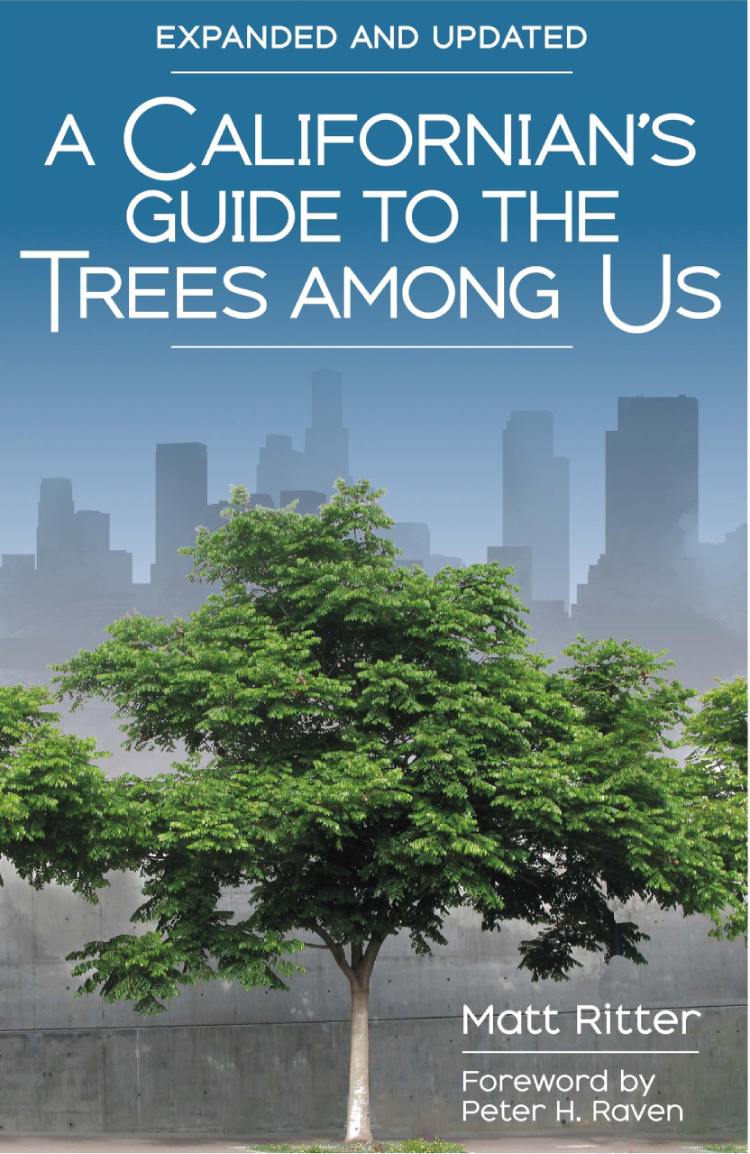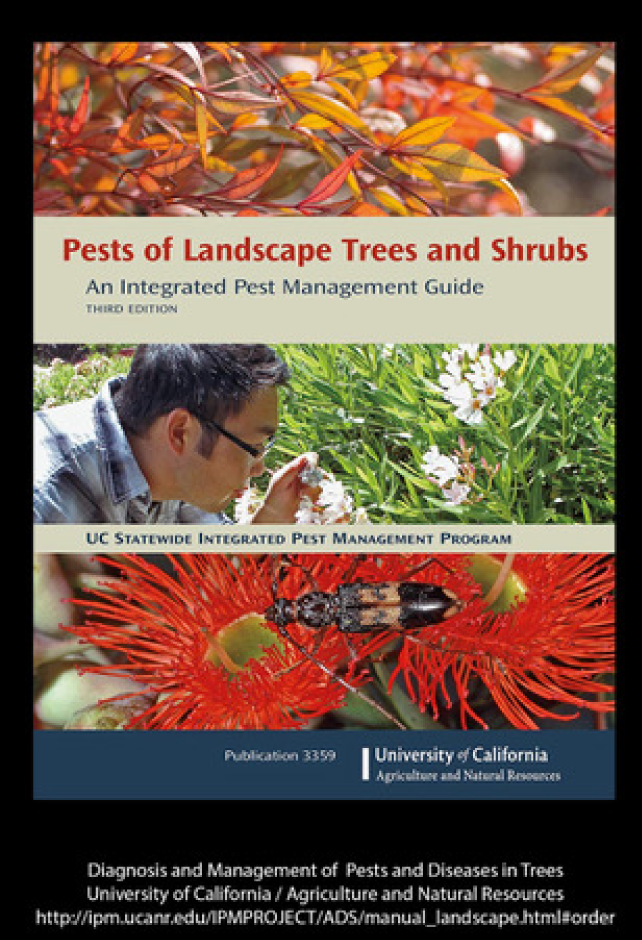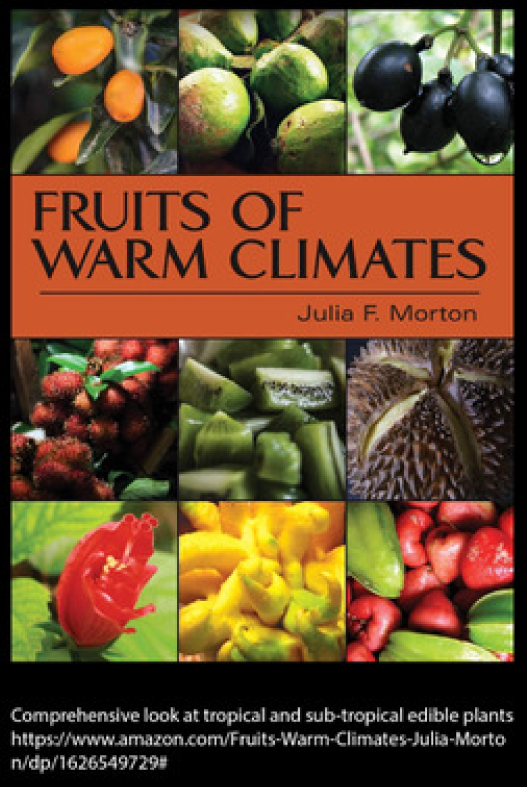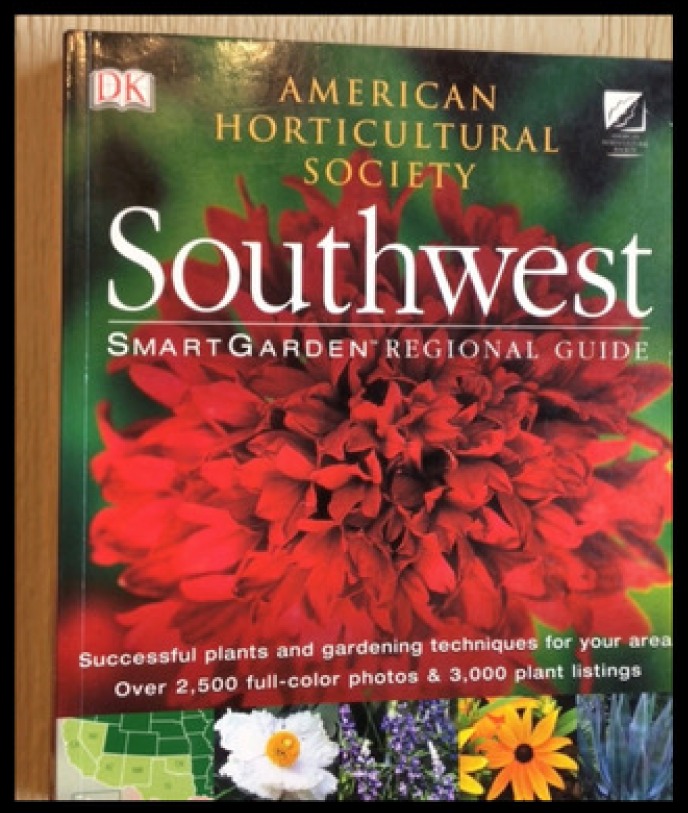DIY Tree Advice: Bookshelf Treasures

by Robin Y Rivet
Question: I’d really like to plant a red maple, but I couldn’t find any locally. I’d also like to plant a unique fruit tree. What species would grow best in this region?
Answer: Unfortunately, red maples need more cold weather (often called chill hours) than typical San Diego winters provide, but lucky for you it’s almost rainy season, and there’s 100’s of terrific ornamental and 1000’s of fruit tree species to choose from that adapt well to San Diego’s variable Mediterranean climate. How much room do you have? Do you know how to plant a tree properly? What will you do if it appears unwell? How about specialized pruning? Our urban tree canopy is incredibly diverse - but its stressors are unique, so short of hiring an expert arborist at every turn, are there are worthy arboriculture books for DIY’s? Yes, but garden books are ubiquitous, and most are geared for temperate climates, so, here are some favorite, well-thumbed and illustrated tree reference guides that address these questions, and specifically apply to the wide range of San Diego County’s growing regions.
A must-have book for tree information is Matt Ritter’s “A Californian’s Guide to the Trees Among Us”. This beautifully illustrated gem of prose reveals a keen reverence for what it means to be a tree. The book also contains academic-styled dichotomous keys that use ordinary descriptive words to make tree-identification easier for non-botanists. Dr. Ritter is also a Cal-Poly SLO professor and oversees the SelecTree website where you can filter a few variable tree characteristics like Sunset Climate Zone; maximum tree height; flower color; or whether you’d prefer an evergreen or deciduous species. In most cases the website will then retrieve 25-100 or more (primarily) ornamental tree suggestions. And, if you’ve seen a beautiful tree in your neighborhood but don’t know what it is, the site’s Urban Tree Key is very useful to identify hundreds of CA species using visual cues. Matt also authored a book called California’s Native Plants which is worth a look, particularly since many CA native tree species may not adapt well in home garden conditions.
 What if tree pests and diseases are already driving you crazy? The University of California & Agriculture and Natural Resources (ANR) published a reasonably priced, comprehensive volume that homes in on species-specific pests and diseases, and how to manage them. Third Edition: Pests of Landscape Trees and Shrubs: An Integrated Pest Management Guide. It compiled a “Problem Solving Guide” with tables of tree woes, and what to look for in the field. If you’re a real sleuth and seek books that target IPM for agricultural trees, you can order excellent ANR volumes specifically addressing stone fruit, pome fruit, avocado, citrus and more here, and there’s also a volume identifying abiotic issues and solutions.
What if tree pests and diseases are already driving you crazy? The University of California & Agriculture and Natural Resources (ANR) published a reasonably priced, comprehensive volume that homes in on species-specific pests and diseases, and how to manage them. Third Edition: Pests of Landscape Trees and Shrubs: An Integrated Pest Management Guide. It compiled a “Problem Solving Guide” with tables of tree woes, and what to look for in the field. If you’re a real sleuth and seek books that target IPM for agricultural trees, you can order excellent ANR volumes specifically addressing stone fruit, pome fruit, avocado, citrus and more here, and there’s also a volume identifying abiotic issues and solutions.
Fruit tree growing is popular and also rewarding, but there are myths out there - and much dubious advice. If you want help with fruit tree selection, planting, pruning, and fertilizers: this is your all-around best resource: “The Home Orchard – Growing Your Own Deciduous Fruit and Nut Trees”. Published by the University of California/ANR, it covers all facets of backyard orchard culture with an appendix of month-to-month crop calendars of “to do lists” for common fruits, as well as tables describing types of pruning; which species prefer which methods; and when to cut them. A word of warning to those still using R. Sanford Martin’s fruit tree-pruning guide - published in 1944. Although it’s still sold locally and often touted as gospel, there’s modern arboricultural research that contradicts many older practices, so unless you know what is out-of-date, reader beware.
 If you’d like to experiment with locally adapted sub-tropical or tropical fruits, Julia Morton’s “Fruits of Warm Climates” is an encyclopedic overview of some less common fruit tree species. Although not written specifically for SoCal, most of the sub-tropical fruits are highly adaptable in our county, so it’s a venerable addition for an edible plant lover’s library, along with this “Ultimate Fruit and Nuts” tome from down under.
If you’d like to experiment with locally adapted sub-tropical or tropical fruits, Julia Morton’s “Fruits of Warm Climates” is an encyclopedic overview of some less common fruit tree species. Although not written specifically for SoCal, most of the sub-tropical fruits are highly adaptable in our county, so it’s a venerable addition for an edible plant lover’s library, along with this “Ultimate Fruit and Nuts” tome from down under.
Comprehensive plant volumes are often overrated and this one is no exception, but “Landscape Plants for California Gardens” is worth more than a glance. Despite the bland cover, its contents are dazzling. Author Bob Perry is an emeritus professor from Cal-Poly Pomona who categorized trees and plants using WUCOLS watering designations. His book helps guide the reader by grouping together compatible species and focuses on water-saving strategies for home garden layouts and design.
 For a low cost, high value reference, seek out this gorgeously illustrated book. I covet my “American Horticultural Society Southwest SmartGarden™ Regional Guide’s” wildly colorful spine and dazzling plant photographs that lure the reader to drool over its topically organized tree and plant categories like attracting butterflies, specifying weeping habits, scent, colorful bark, edible fruits - and so much more! Unfortunately, it is out of print, but you can still purchase inexpensive editions online. It’s truly a dessert book for the eye.
For a low cost, high value reference, seek out this gorgeously illustrated book. I covet my “American Horticultural Society Southwest SmartGarden™ Regional Guide’s” wildly colorful spine and dazzling plant photographs that lure the reader to drool over its topically organized tree and plant categories like attracting butterflies, specifying weeping habits, scent, colorful bark, edible fruits - and so much more! Unfortunately, it is out of print, but you can still purchase inexpensive editions online. It’s truly a dessert book for the eye.
If this topic seems overwhelming, consider yourself lucky to live in a region with so many choices. Most of these resources are available at public libraries for free. And note: there’s no “one-size-fits-all” response to your initial questions. You should carefully consider mature tree size, site orientation, soil-type, Sunset Climate Zone, and potential maintenance needs first. Nursery quality is equally vital. If you choose species and specimens patiently and wisely, you’ll eventually succeed in harvesting tasty fruits or nuts, and grow long-lived trees to provide cooling shade, healthy wildlife habitat, fragrant or showy flowers, autumn colors, or even rapid-screening effects. Right Tree – Right Place.
Notable additional tree resources for bibliophiles:
Landscape Palms: Very useful illustrated book for distinguishing palm species
A New Tree Biology: Dr. Shigo’s seminal research about modern arboricultural understanding and practices
Up by Roots: Architect James Urban’s scrutiny of tree root growth, especially in containerized specimens
Structural Tree Pruning: ISA Industry standards and specifications
Wood Decay Fungi: UC printable PDF guide to common CA fungus
Trees of Balboa Park: Older but useful volume describing the park’s trees from ~2003.
Eucalyptus: Brooker and Koenig’s Illustrated Guide to Identification of Eucalypts
Street Trees Recommended for Southern California: Street Tree Seminar’s bound volume on useful municipal species
A-Z Encyclopedia of Garden Plants: Comprehensive index of world plants; contains useful propagation tips
Trees and Shrubs of California: An basic field guide with a dichotomous key for ID of native California trees and shrubs
Definitive Guide to Tree Disputes in California: Ever-changing compilation of CA tree case laws and statutes
Arborists' Certification Study Guide, Fourth Edition Do you want to become a certified arborist?
Robin Y Rivet has been a Master Gardener since 1996. She is a certified arborist.

